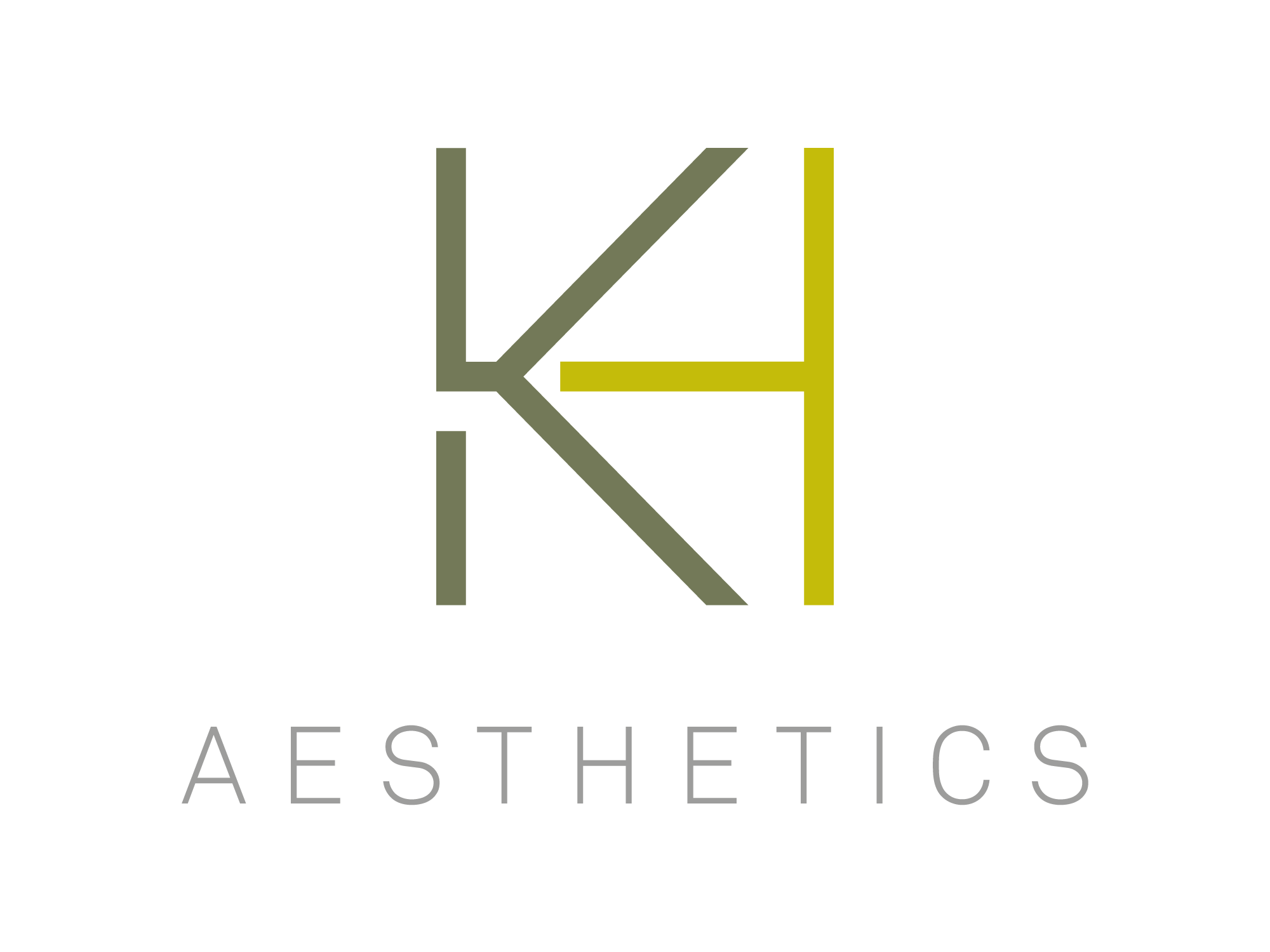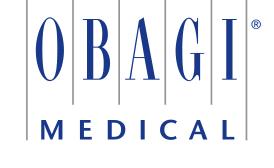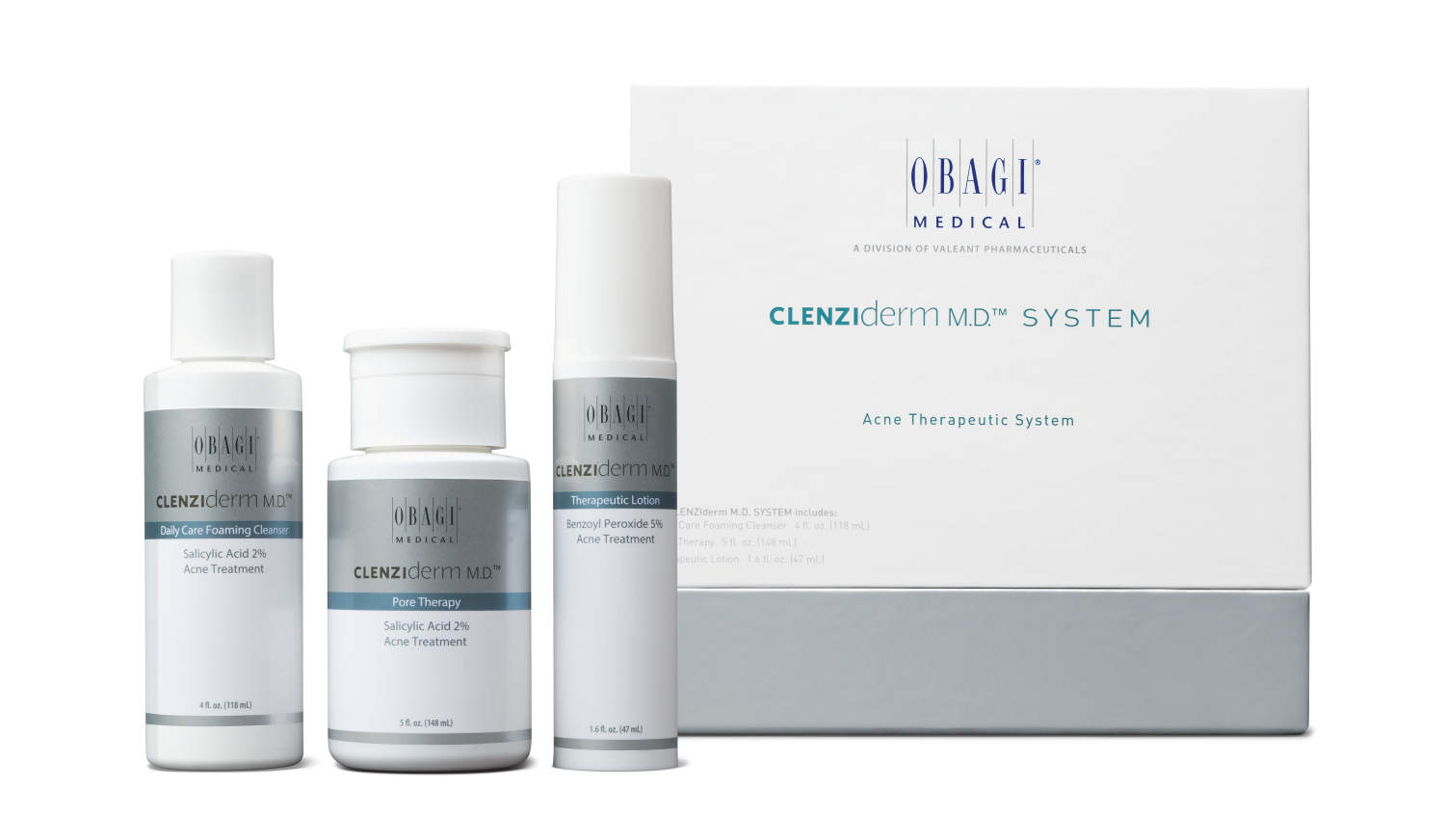Acne is a chronic inflammatory disorder of the pilosebaceous unit (hair follicle), the role of the small sebaceous glands attached to the hair follicle are to lubricate the hair, in acne the sebaceous glands are over stimulated and produce too much sebum (oil). The average skin sheds one or two layers of dead skin cells per day, acne skin, however sheds four or five layers per day! Dead skin cells then attach to the sebum within the pilosebaceous unit and bacteria colonises, resulting in a hard mass produced within in the skin.
Acne has its own specific type of bacteria called Cutibacterium acnes (C. acnes), known formally as Propionibacterium acnes (P. acnes), which lives on the surface of the skin. Bacteria from dead skin cells, which are not detaching normally, cause inflammation and infection. Acne is characterised by blackheads, whiteheads, papules, pustules and cysts and often leads to scarring.
Understanding the reason why the sebaceous glands are over stimulated is the first step in resolving acne symptoms. Acne can be an inherent, genetic condition or can be due to internal and external factors, such as hormonal fluctuations in the body in periods of change such as puberty, pregnancy and menopause. One of the main contributing factors, to acne, is stress in particular subliminal stress which is linked to an increase in the body’s stress hormone cortisol.
Anxiety caused by external pressures such as exams, interviews, moving house, weddings, divorce, bereavement etc. exacerbate. Being able to recognise what has caused the anxiety and perhaps seeking help is the first step in lessening the effects on our body and skin. Certain medical conditions can also contribute to acne, such as polycystic ovary syndrome, and medications such as, hormonal or insulin stimulating drugs, steroids and medications to treat epilepsy, depression and bi-polar disorder, along with hot or humid climates and irritating cosmetic ingredients.
Acne affects both males and females with peak acne years in females 10-15, and in males 13-18, over 40% of females will have acne during some part for their life and over 35% of males.




